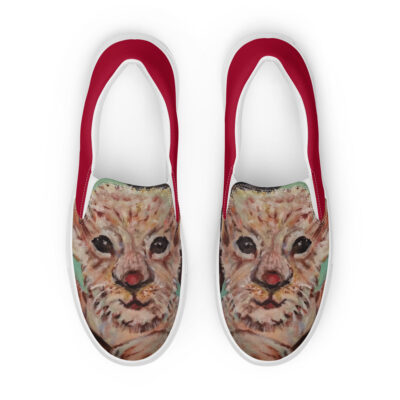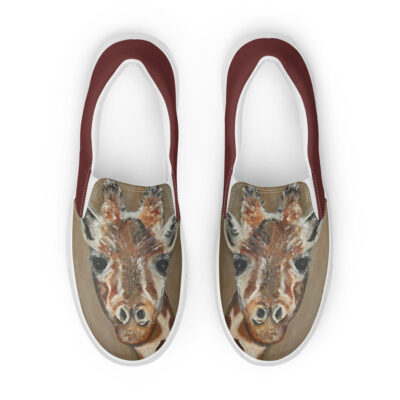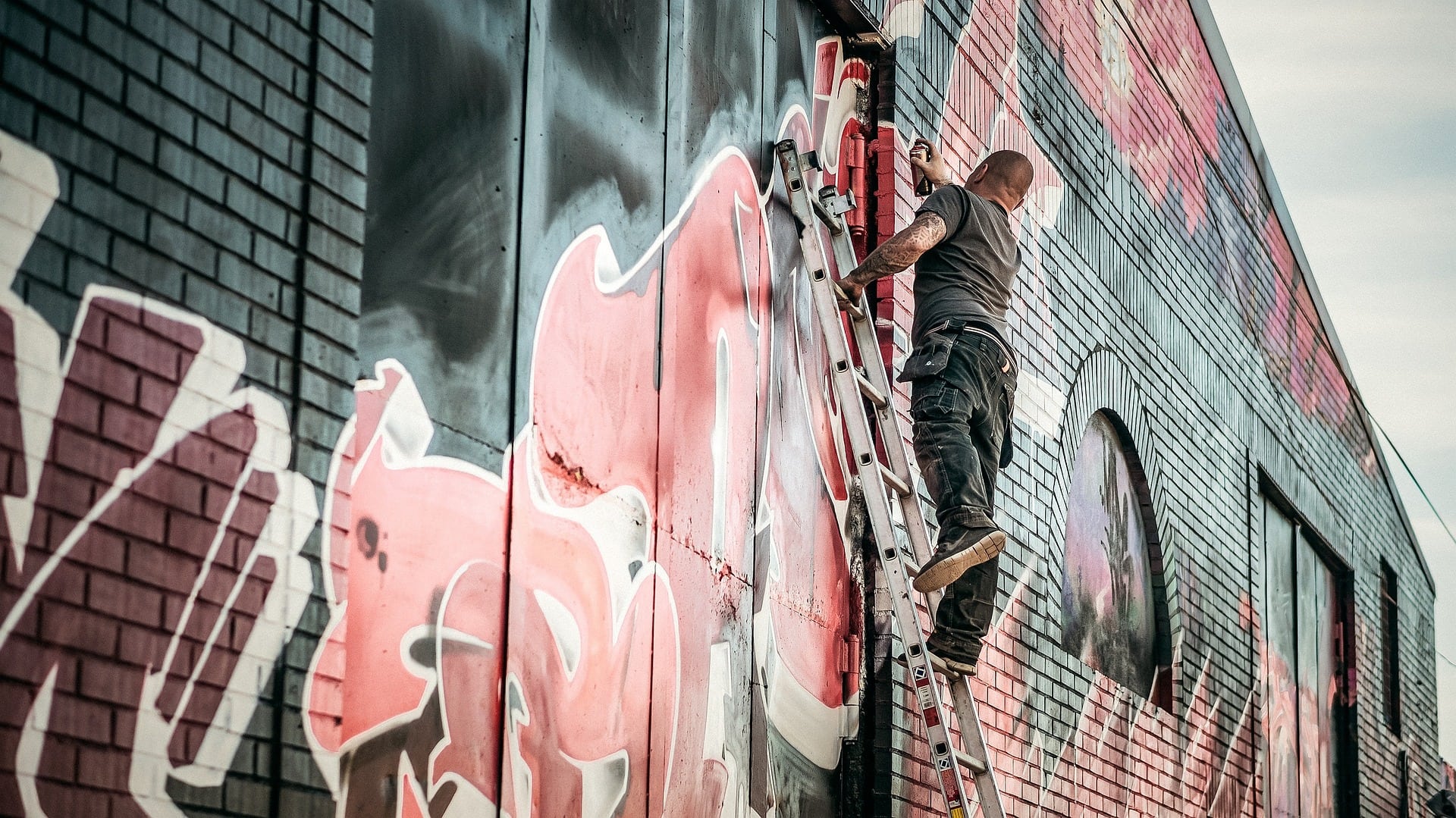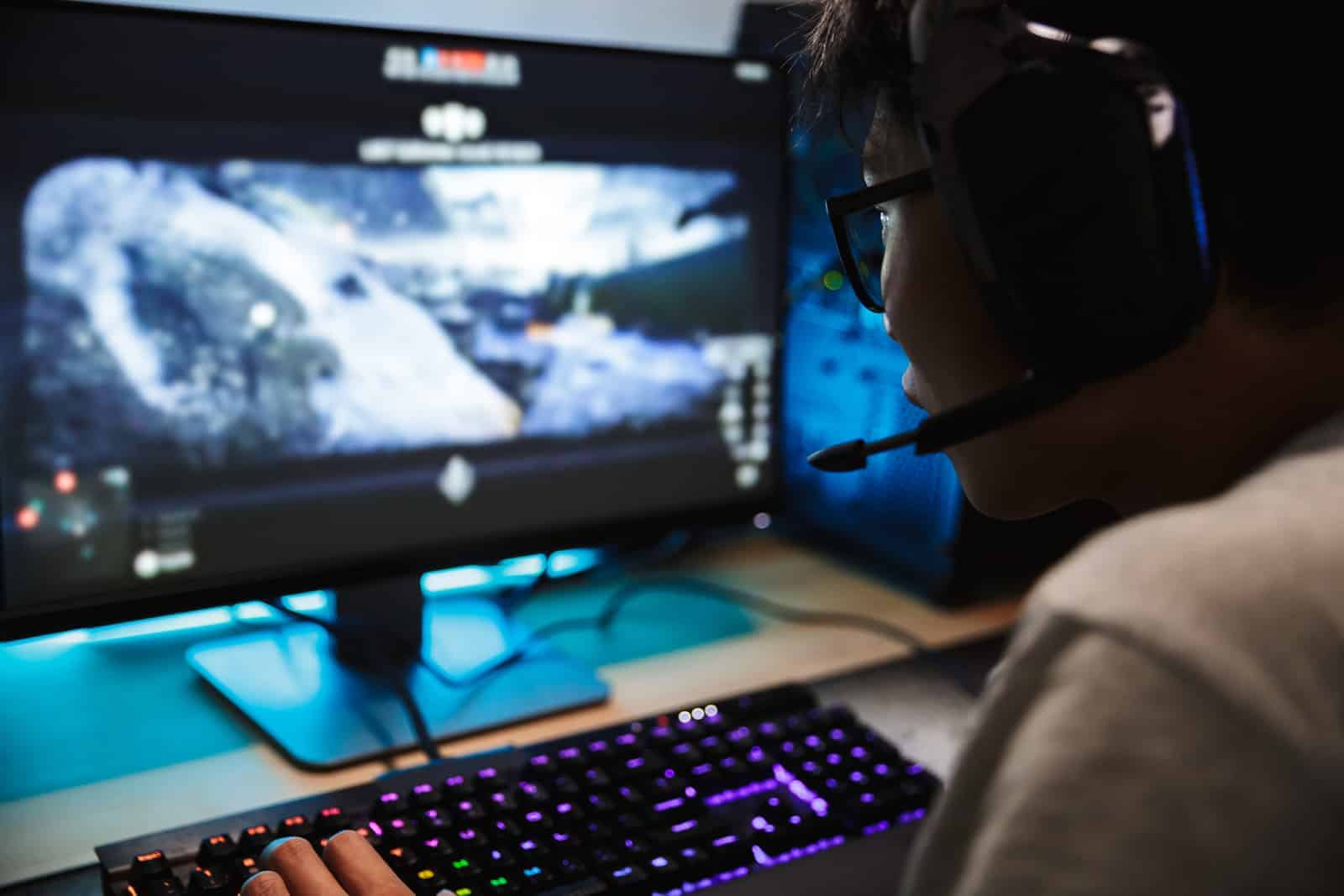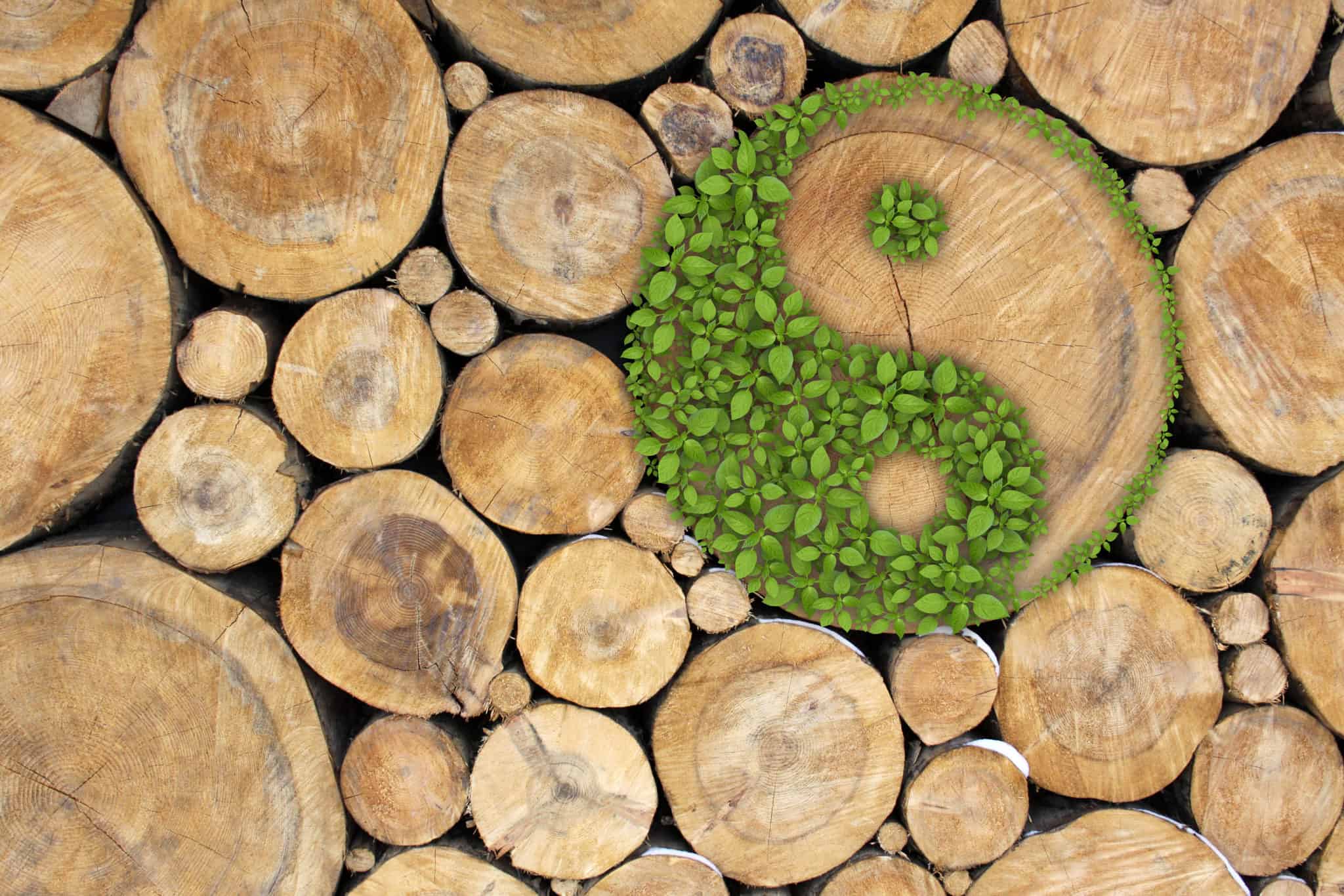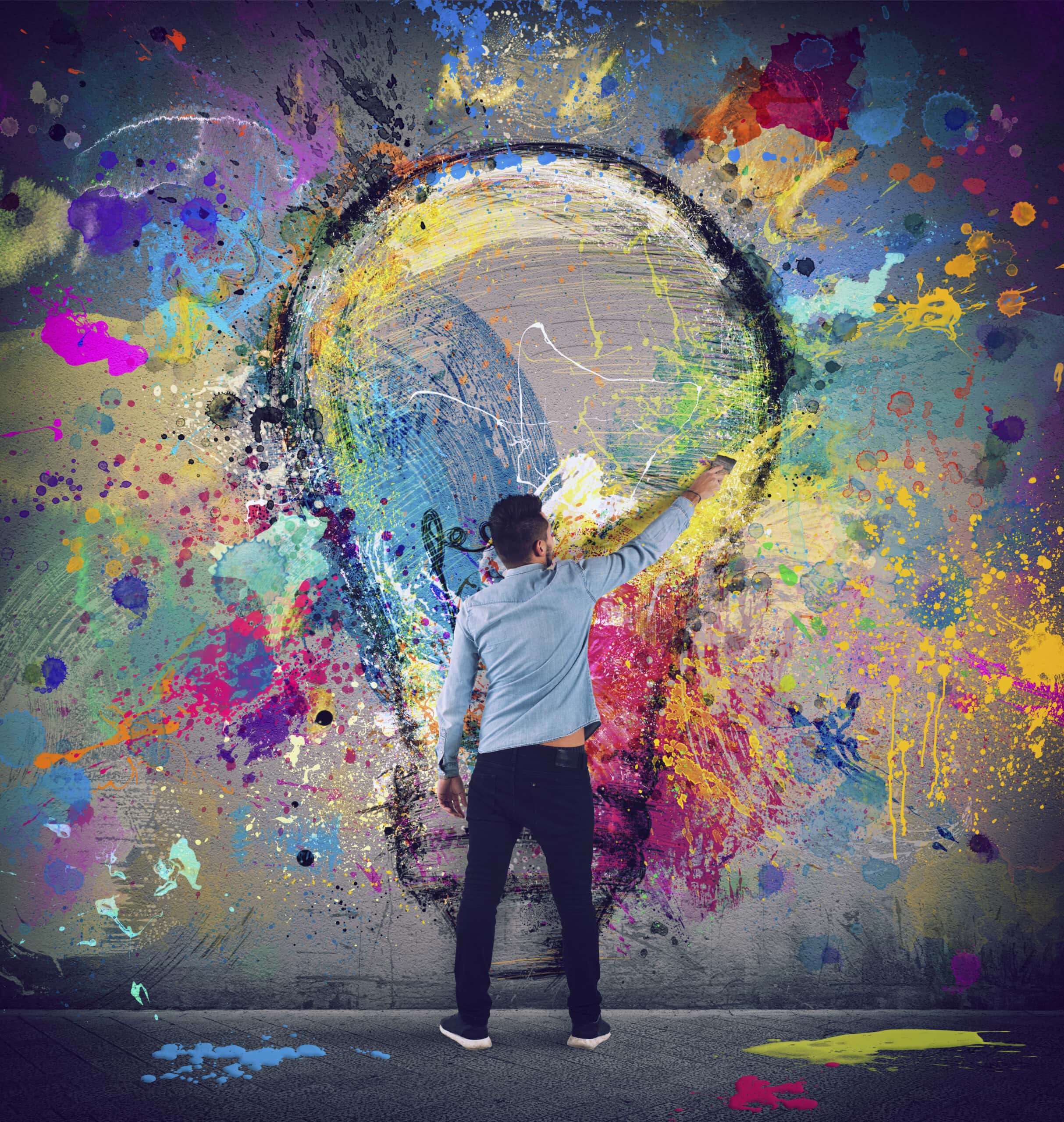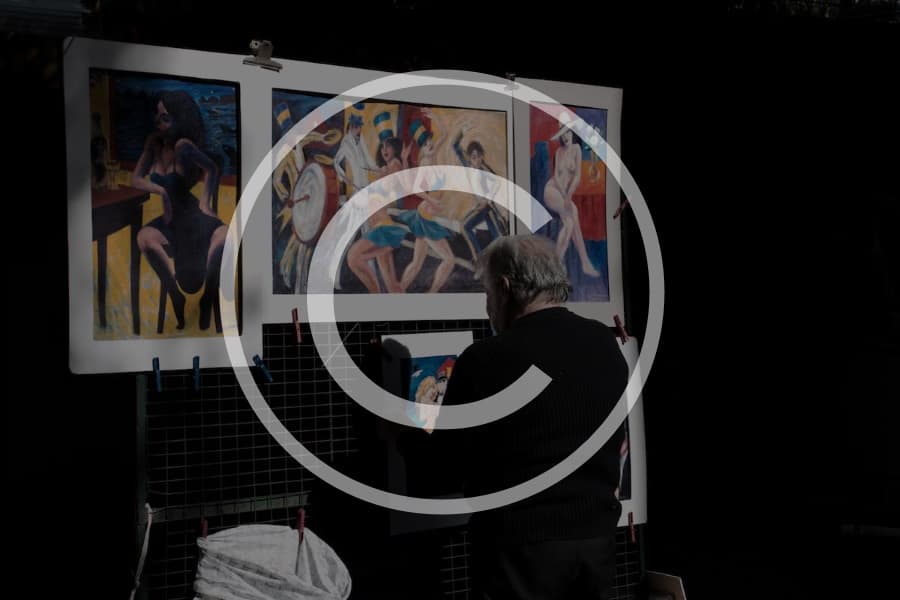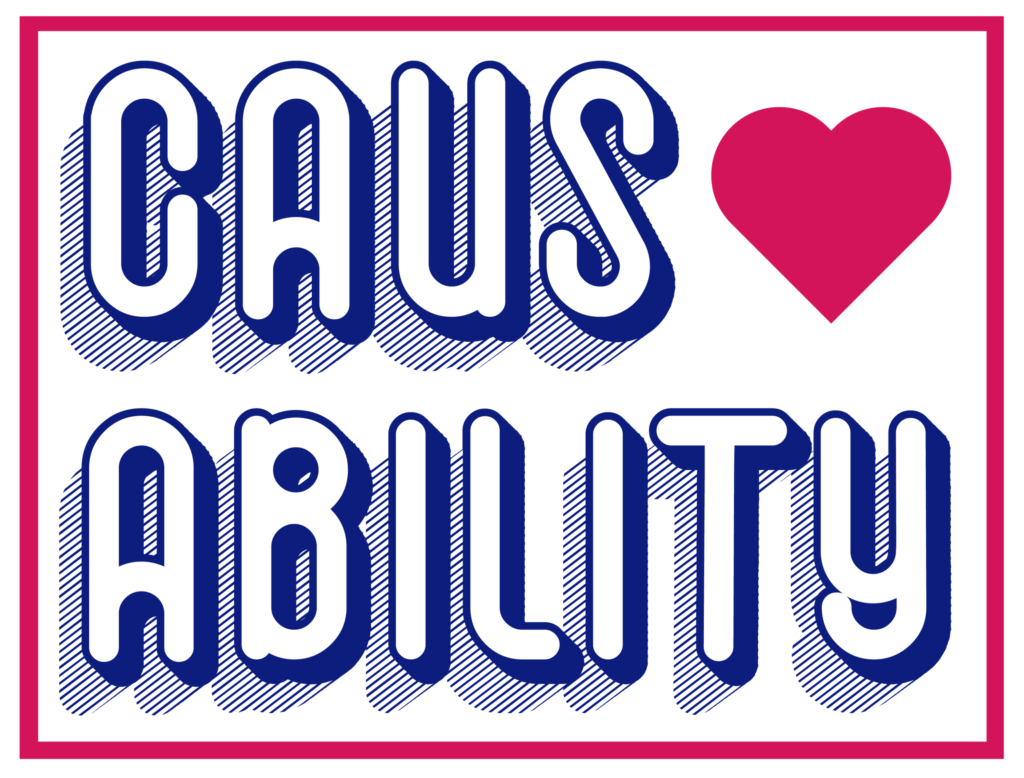As a visual artist, you may find it difficult to describe your art, whether it be specific pieces of work or your vision. But artists are often expected to do that and fit them into a few small paragraphs called an Artist Statement. Do you have an artist statement ready for prospective galleries, exhibitions, or collectors? Or maybe you have an artist statement that you have been using for a while and need some inspiration to spruce it up. We’ve compiled some of the basics to get you started on writing a great artist statement.
What is an Artist Statement and why do I need one?
An Artist Statement is a great way to collect your thoughts about your own work in a concise way. It will also help you explain your work to the public, and thus pique their interest in following your work or buying it. It is also used in portfolios, gallery applications, press releases, and various forms of media that may showcase your art. But in addition to its usefulness, an Artist Statement is also in many cases a requirement for funding, teaching positions, or graduate school applications.
Getting Started
First, determine your audience and how you might use your Artist Statement. In many cases, you may find it helpful to prepare a different Artist Statement for various scenarios. Secondly, always write in the first person. An Artist Statement is your own interpretation of the work, so the information should come from you. Then, answer the following questions in only a few sentences if possible:
1) What am I trying to say with my work?
2) What in my life (or in the world) has influenced my work?
3) How do my methods support the content of my work?
Once you’ve answered these questions, considered your audience, and determined how many Artist Statements you need, you are now ready to put it all together.
Time to Write
Your Artist Statement should be anywhere from a few paragraphs to a full page (but no more than a page long). It should start with a general overview of your work, methods, and intentions. The second paragraph should go into more detail, emphasizing on your influences and how your methods support the ideas behind your work. The last and final paragraph will focus on the most important ideas outlined in the body of the Statement. While you are writing your Artist Statement, try to hone in on your speaking voice as much as possible. Your Artist Statement should be honest and genuine.
Finishing Touches
The last step is adding the finishing touches to your Statement. Decide what kind of emotional tone or format you will want your Artist Statement to be in. It should reflect your art and your personal style. For example, if you\’re art is politically focused, you’ll have a political tone. If your work is meant to invoke a humorous response, your Artist Statement should also be funny and lighthearted.
You probably have artist’s that inspire you, or even those that you know personally, who have an Artist Statement of their own. Do some research, or ask a fellow creative to give you advice on your Statement. You can also find sample Artist Statements here for some inspiration. With so many resources and these friendly tips, you should be on your way to writing a great Artist Statement in no time!
Sources:



